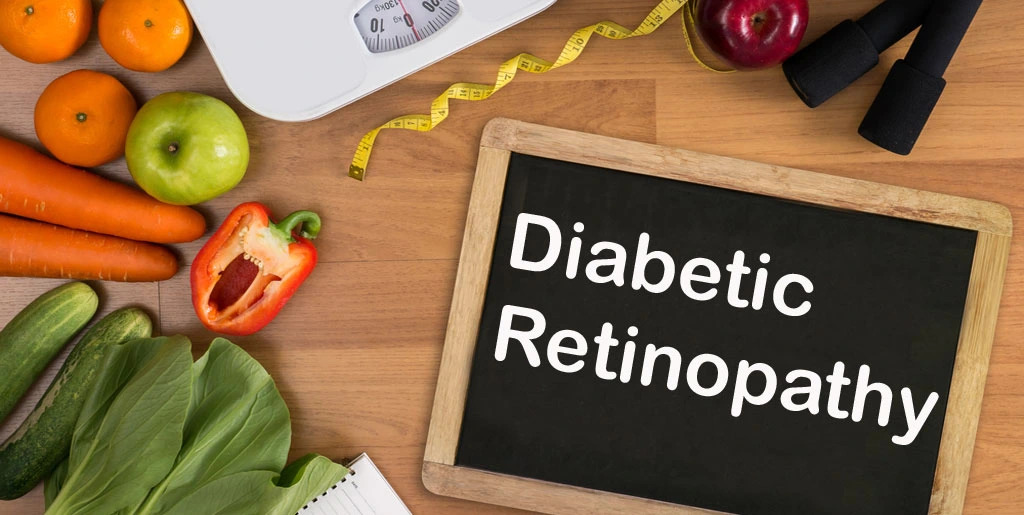Foods that you should avoid if you suffer from diabetic retinopathy are very similar to foods you shouldn’t be eating because of diabetes.
The obvious and most harmful food to avoid – sugary and sweet. This includes food with added artificial sugar such as processed foods, fast foods and even beverages like sodas and sweetened iced teas. The high levels of glucose and fructose in such foods can, not only worsen your diabetes, but it may even promote belly fat, triggering harmful cholesterol and triglyceride levels.
Trans fats, when consumed, increase the bad kind of cholesterol levels (LDLs) in your body, while lowering the good cholesterol levels (HDL). Trans fat can be found in margarine, peanut butter, fried foods, pizzas, crackers, cookies, and spreads. They are often added in baked goods to extend the shelf life of the produce. Trans fats are known to increase inflammation, insulin resistance, and belly fat. They will not only increase your belly fat, but you are also more likely to suffer from heart diseases if you already have diabetes.
White processed foods, especially bread, rice, and pasta are notorious for the damage they cause to our bodies. White processed foods contain lesser fiber than non-white food, thus, slowing down the absorption of sugar and decreasing brain functionalities. Consuming white foods may also increase cholesterol and blood pressure levels.
Fruit-flavored yogurts and sweetened breakfast cereals are another harmful food option that you should avoid. Fruit flavored yogurt and sweetened breakfast cereals both contain artificially added sugar and flavors, while being highly processed with more carbs than the human body can absorb. Alternatively, plain yogurt or even Greek yogurt and protein-based low-carb breakfasts are beneficial for your body and can make up a healthy and yummy breakfast.
Most people believe natural occurring sugars such as those found in honey, maple syrup or even agave nectar are not as harmful to the human body. However, that is untrue. Honey, maple syrup and agave nectar are not highly processed, yet they contain more or equal amounts of sugars as white sugar. Low carb sweeteners are a good alternative, even if you need to add a little sugar to your diet.
Dried fruits, packaged snacks, fruit juices, and processed foods are also foods that you should be wary of to better manage both your diabetes and diabetic retinopathy.





